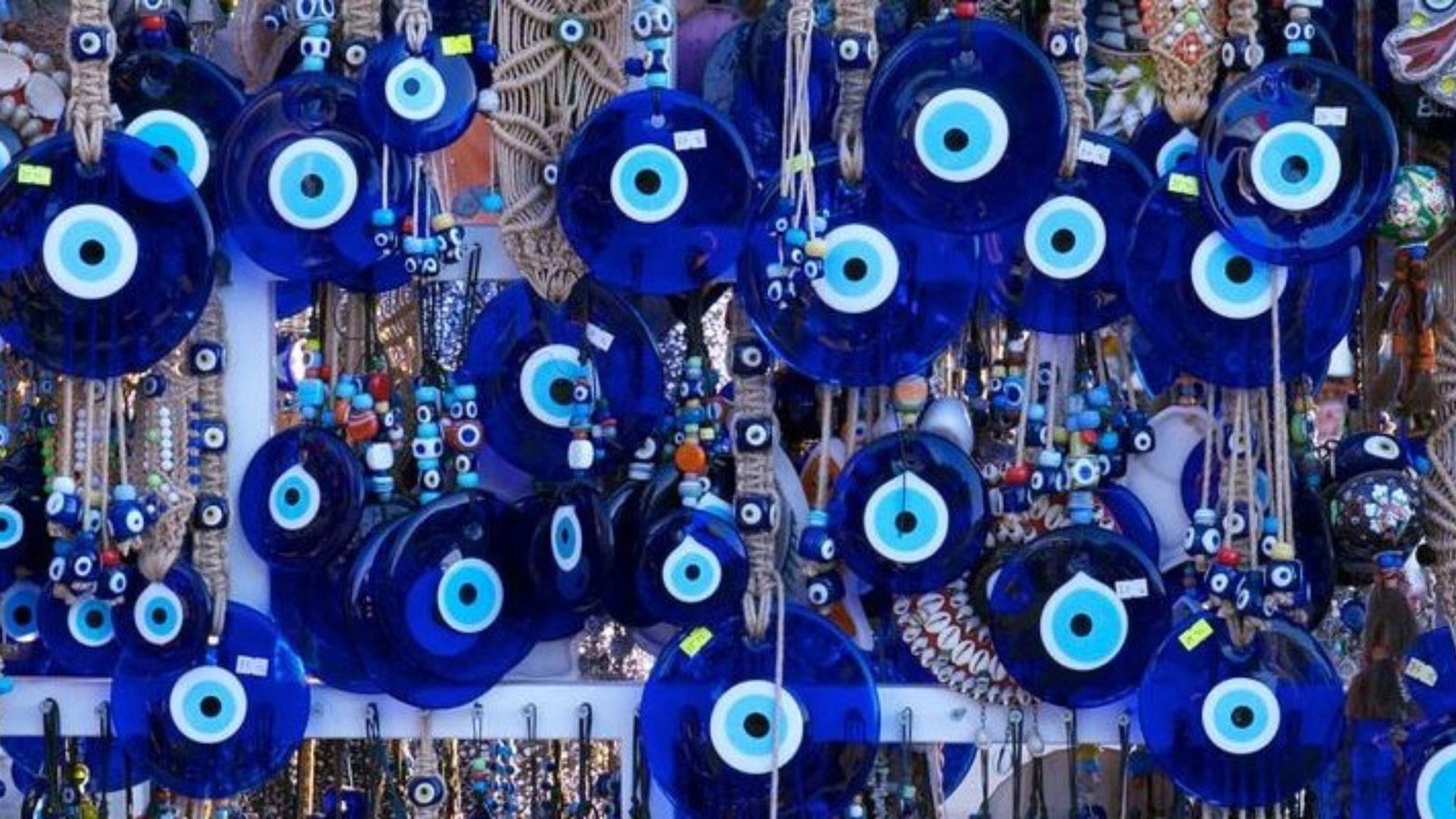The Greek Evil Eye, or “Mati,” is a powerful symbol deeply ingrained in Greek culture and folklore. This amulet is believed to protect individuals from the malevolent gaze of others, which can bring misfortune, illness, or harm. In this article, we will explore the history, significance, and various aspects of the Greek Evil Eye, including how it is used today, its cultural relevance, and its place in modern society.
What is the Evil Eye?
The Evil Eye is a concept that spans various cultures, but its roots are particularly prominent in Greece. It refers to a malevolent glare, typically believed to be cast by someone who is envious or ill-intentioned. The belief is that this glare can bring about negative outcomes for the recipient, such as bad luck, sickness, or even death.
Historical Context
The belief in the Evil Eye dates back thousands of years, with references found in ancient texts from various civilizations, including Greek, Roman, and Middle Eastern cultures. In ancient Greece, philosophers like Plato and Aristotle wrote about the phenomenon, acknowledging its cultural significance.
The Greeks created talismans, amulets, and charms to ward off this malevolent force. The most common amulet is the blue eye, often made from glass or ceramic, designed to reflect the gaze back to the person wishing harm.
The Significance of the Mati
Symbolism and Colors
The Mati typically features a blue eye surrounded by concentric circles. The blue color is significant, as it symbolizes protection and healing. This is rooted in the belief that blue has the power to repel negativity and ward off harm. The eye itself serves as a reminder to keep watch over oneself and others, ensuring protection against envious glances.
Cultural Traditions
In Greece, it is customary to gift a Mati to newborns or newlyweds, symbolizing protection and good fortune. Many Greeks wear the Mati as jewelry, such as necklaces or bracelets, or hang it in their homes as a form of protection.
How the Evil Eye is Used Today
In Modern Greek Society
While the Evil Eye is steeped in tradition, it remains relevant in contemporary Greek society. Many people still believe in its protective properties and regularly wear or display Mati symbols in their homes. It’s common to see these charms in shops, markets, and online, making them easily accessible.
Global Influence
The popularity of the Greek Evil Eye has transcended borders. It has become a fashionable symbol worldwide, often incorporated into jewelry and home decor. Celebrities and influencers have popularized the Mati, showcasing its aesthetic appeal while also acknowledging its cultural roots.
How to Identify the Evil Eye
Common Signs and Symptoms
Believers in the Evil Eye often look for specific signs that indicate they may have been affected. These can include:
Sudden illness or fatigue
Unexplained bad luck
Strained relationships
Persistent feelings of anxiety or unease
If someone feels they have been afflicted, they may turn to traditional remedies or rituals to cleanse themselves of the negative energy.
Remedies and Protective Measures
To counteract the effects of the Evil Eye, many people engage in protective practices. These may include:
Cleansing Rituals: Bathing in saltwater or using specific herbs to cleanse negative energy.
Blessings: Seeking a priest’s blessing or visiting a healer for protective prayers.
Wearing Amulets: Regularly wearing or carrying a Mati amulet to shield against envious glares.
The Evil Eye in Art and Literature
Artistic Representations
The Greek Evil Eye has inspired countless works of art. From traditional paintings to modern sculptures, the Mati serves as a motif representing protection, vigilance, and the fight against negativity.
Literature and Folklore
Folklore surrounding the Evil Eye is rich and varied. Stories of individuals who have suffered misfortune due to the Evil Eye and the subsequent protective measures taken are common in Greek literature. These tales serve to reinforce the belief in the symbol’s power and the importance of being vigilant against harmful intentions.
The Psychology of the Evil Eye
Beliefs and Mindset
The belief in the Evil Eye can have psychological implications. For many, it represents a way to explain misfortune or bad luck, providing a framework for understanding life’s unpredictability. This belief can foster a sense of community, as individuals come together to support each other in warding off negativity.
Cultural Identity
For Greeks, the Evil Eye is not just a superstition; it is an integral part of their cultural identity. It connects generations, linking modern Greeks to their ancestors who also sought protection against envious gazes. This shared belief reinforces cultural bonds and traditions.
Conclusion
The Greek Evil Eye is a fascinating and multifaceted symbol that transcends mere superstition. It embodies a rich tapestry of history, culture, and human psychology. From its origins in ancient Greece to its modern interpretations worldwide, the Mati serves as a reminder of the importance of protection, vigilance, and community. As we navigate a world often filled with envy and competition, the Evil Eye continues to hold a significant place in our hearts and minds.
ALSO READ:Skip The Games NC: A Comprehensive Guide To Adult Entertainment In North Carolina
FAQs
What does the Greek Evil Eye symbolize?
The Greek Evil Eye symbolizes protection against negative energies, particularly those stemming from envy and ill intentions.
How can I protect myself from the Evil Eye?
Common protective measures include wearing a Mati amulet, participating in cleansing rituals, and seeking blessings from spiritual leaders.
Is the Evil Eye a common belief only in Greece?
While the Greek Evil Eye is particularly well-known, similar beliefs exist in many cultures, including Middle Eastern, Indian, and Mediterranean societies.
Can the Evil Eye affect children?
Yes, many parents in Greece commonly gift their children with Mati amulets to protect them from harmful gazes.
How has the Evil Eye evolved in modern society?
The Evil Eye has gained popularity as a fashion statement globally, often seen in jewelry and home decor, while still retaining its cultural significance.

